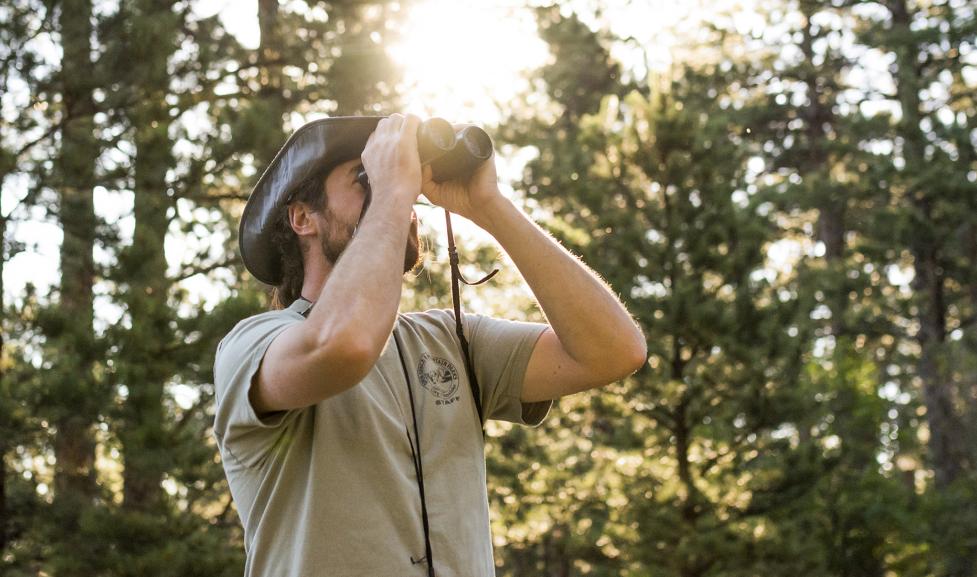The City of Boulder Open Space and Mountain Parks Department (OSMP) has competitive grants available through its funded research program for scientific inquiry on OSMP lands that address natural, cultural, and visitor resource conditions and management.
New this year: Funding is also available for research on non-OSMP City of Boulder lands for topics proposed, funded, and sponsored by the City of Boulder Climate Initiatives Department.
Dates
- Request for proposals issued: Oct 28, 2025
- Proposal deadline: Jan 9, 2026
- Award notifications: Feb 20, 2026
- Draft report submission: Oct 30, 2026
- Reviewer comments to applicant: Nov. 25, 2026
- Final report submission: Dec 29, 2026
Who Can Apply
- Anyone may apply.
- Students must submit a signed letter from an academic advisor to confirm that the proposal has been reviewed, approved, and is supported.
- Faculty sponsors are responsible for providing the final report should the student fail to submit one.
Priority Topics
Proposals will be reviewed on a competitive basis, with preference given to proposals that address Priority Project Topics. However, all proposals will be considered based on their merits. While you are welcome to discuss your research topics with agency staff prior to proposal submission, please do so prior to Dec. 15, 2025.
Budget
The maximum award amount is capped at $12,000. Details on allowable expenses can be found in the budget worksheet (DOC). Overhead costs should not exceed 10 percent of the total grant award except in rare circumstances. Funding commitments are limited to an annual basis, but multi-year projects are encouraged, especially for studies in which year-to-year variation may influence results.
Proposal Format
Proposals must follow the format guidelines exactly.
On-going Projects
Project extensions will be considered, but the proposal must be for work that is above and beyond the scope of previously funded work (i.e., not just a proposal to complete the uncompleted work scoped previously).
One Proposal per PI
A PI may only submit one proposal as lead but may collaborate on additional proposals.
Information Sharing
OSMP reserves the right to acquire and share with other researchers any grant-related intellectual property/work products, such as datasets, field protocols/manuals, and reports. Proposals received may be shared on our webpage, whether they are funded or not.
Additional requirements for funded applicants
- All successful applicants are required to abide by City of Boulder OSMP rules and regulations.
- All research and related projects conducted on City of Boulder OSMP lands will have oversight provided by an OSMP staff member.
- Successful applicants must sign a volunteer registration and waiver of liability.
- Funded applicants are required to submit a draft and final report.
Where to Submit
Submit proposals to osmpfrp@bouldercolorado.gov.
Unfunded Research
Proposals that do not require OSMP funding may be submitted through our unfunded research program.
Interagency Grants
OSMP, Boulder County Parks and Open Space (BCPOS), Jefferson County Parks and Open Space (JCPOS) and Parks, Recreation & Open Space, City of Longmont (COL) will consider proposals for research that cross their land boundaries. See our interagency proposal instructions.
If interested in the possibilities of a shared research project, please contact Raquel Robles (BCPOS), Jes Gray (Parks, Recreation & Open Space, City of Longmont), Ann Lezberg (OSMP) or Julie Liggett (JCOS) to discuss custom application procedures.
